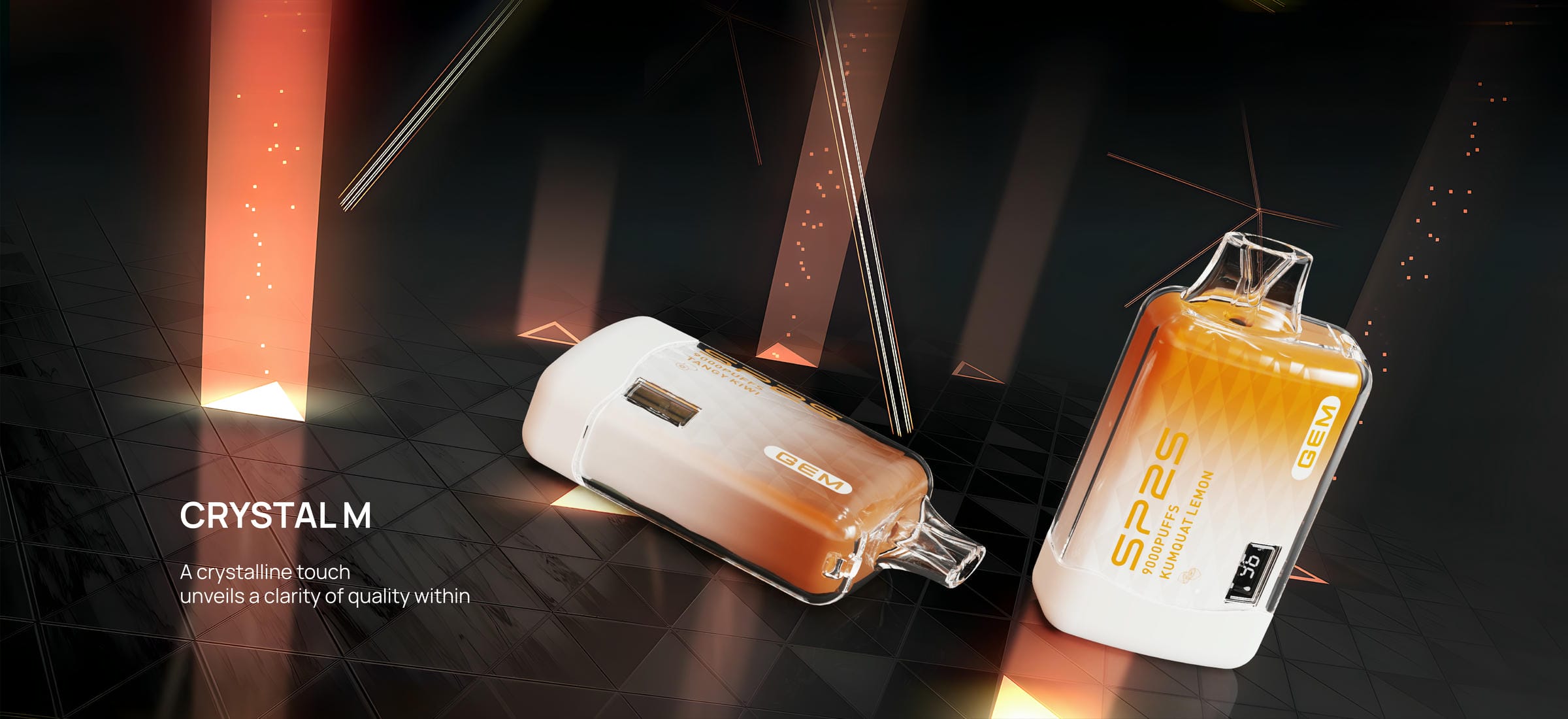Smoking remains a major public health challenge worldwide, and Pakistan is no exception. Recent data indicate that the male smoking rate in Pakistan is among the highest globally, placing significant strain on public health systems. With rising concerns over cardiovascular diseases and other smoking-related illnesses, there is an urgent need for a scientifically backed, effective alternative to traditional cigarettes. Enter the SP2S vape—a transitional harm reduction tool designed specifically for those who have struggled with conventional smoking cessation methods.
The Smoking Crisis in Pakistan and the Challenges of Quitting
In Pakistan, smoking not only endangers individual health but also imposes heavy economic burdens. Studies have highlighted that smoking contributes significantly to cardiovascular diseases, with reports suggesting that up to 30% of coronary heart disease deaths are linked to smoking. Moreover, the economic losses due to smoking have been estimated to be equivalent to 2.3 times the annual education budget—a figure that underscores the critical need for effective intervention.
Traditional cessation methods such as Nicotine Replacement Therapy (NRT) and willpower-based quitting have shown limited success in low-income settings. With a success rate of merely around 8%, many smokers remain trapped in a cycle of addiction. This challenging landscape calls for a new approach—one that offers a scientifically proven, safer, and gradual transition away from combustible cigarettes.
The Harm Reduction Advantage of the Vape
Unlike traditional cigarettes, which burn tobacco to produce over 4,000 chemicals (including roughly 70 known carcinogens), the SP2S vape uses advanced temperature control technology to heat a nicotine solution at a much lower temperature. Specifically, SP2S maintains its operation between 170°C and 230°C. According to research published in the New England Journal of Medicine, operating below 230°C can reduce the release of harmful chemicals such as acrolein by up to 93%.
In addition to its temperature control, the SP2S vape offers a “gradual nicotine reduction” feature. With a range of nicotine concentrations from 0 to 24mg/ml, users can progressively decrease their nicotine intake, supporting a smoother transition towards complete cessation. This personalized approach aligns with the natural physiological process of overcoming nicotine dependency.

Addressing Controversies with an Evidence-Based Approach
In response to concerns raised by organizations such as the WHO and the CDC regarding the long-term effects of vaping, we advocate for an evidence-based and cautious perspective. While it is acknowledged that vaping is not entirely risk-free, numerous studies support its status as a significantly safer alternative to combustible cigarettes. For instance, the “harm reduction hierarchy” suggested by some experts indicates that the risk from vaping may be considerably lower than that from traditional tobacco products.
SP2S is committed to harm reduction through both its product design and responsible communication. While our primary focus is on providing a safer alternative for current smokers, our approach emphasizes responsible usage and compliance with local regulations. We advocate for proper age verification and informed decision-making, and we continuously work to align our marketing strategies with best practices in public health. This commitment is part of our broader effort to support individuals seeking to transition away from combustible cigarettes.
SP2S Vape: Core Advantages and User Feedback
SP2S vape stands out not only for its technological innovation but also for the positive impact it has had on users:
• Advanced Temperature Control: The intelligent system maintains an optimal temperature range (170°C–230°C), effectively reducing the production of harmful substances. In contrast, traditional cigarette combustion occurs at temperatures high enough to release a wide array of toxic chemicals.
• Gradual Nicotine Reduction: With customizable nicotine strengths, users can tailor their quitting journey by progressively reducing their nicotine dependency.
• Clinically Supported Results: Clinical data indicate that a notable proportion of SP2S vape users achieve full smoking cessation within six months—a significantly higher success rate compared to conventional cessation methods.
• Real-World Success Stories: Many Pakistani smokers have successfully transitioned away from combustible cigarettes with the help of SP2S vape. Their experiences underscore the product's effectiveness and its potential to improve overall quality of life.

Market Outlook in Pakistan and Future Trends
As Pakistan grapples with its smoking epidemic under the “Tobacco Endgame” framework, there is growing emphasis on multi-faceted strategies to reduce tobacco-related harm. SP2S vape is poised to play a crucial role in this landscape by offering a viable, harm-reducing alternative for smokers who have not found success with traditional methods.
The evolving regulatory environment offers promising avenues as well. For instance, while the UK's National Health Service (NHS) has incorporated vaping into its smoking cessation prescriptions, the United States enforces strict standards through the PMTA (Premarket Tobacco Application) process. These regulatory insights provide valuable guidance for policymakers in Pakistan.
We advocate for a “three-phase transformation approach” to support smokers:
1. Acute Harm Reduction Phase: Utilizing SP2S vape to rapidly reduce exposure to harmful substances.
2. Behavioral De-addiction Phase: Leveraging supportive mobile applications (apps) that offer personalized guidance and monitor progress.
3. Social Reintegration Phase: Establishing community support networks to assist individuals in maintaining their smoke-free lifestyles.

Conclusion
In the global fight against tobacco, Pakistan faces an especially urgent challenge. The SP2S vape offers a scientifically validated, harm reduction pathway for smokers who have not found success with traditional cessation methods. It is important to note that SP2S is not marketed as a health product but as a transitional tool—one that helps smokers reduce their dependence on traditional cigarettes and ultimately achieve a smoke-free lifestyle.
By integrating the “Tobacco Endgame” strategy with a comprehensive three-phase transformation plan, we call on governments, healthcare providers, and community organizations to collaborate in building a robust harm reduction alliance. Together, we can pave the way for a healthier future for Pakistan.
Please ensure that all data and research references are verified with reliable sources before final publication, and adjust figures and citations as necessary to maintain the credibility and authority of the article.

Leave A Comment
Your email address will not be published.